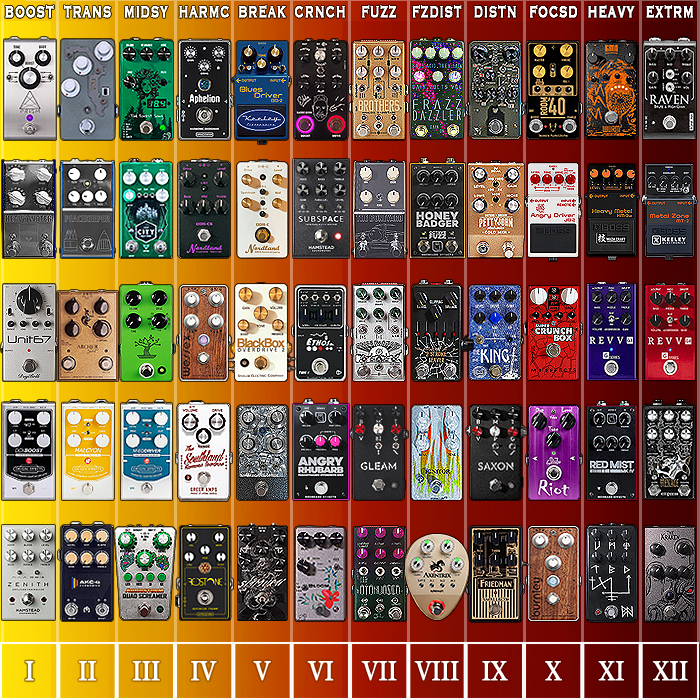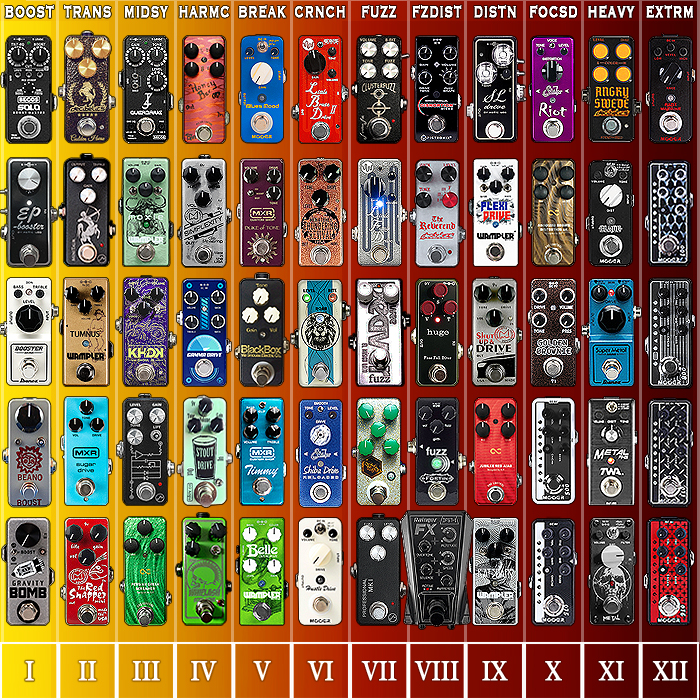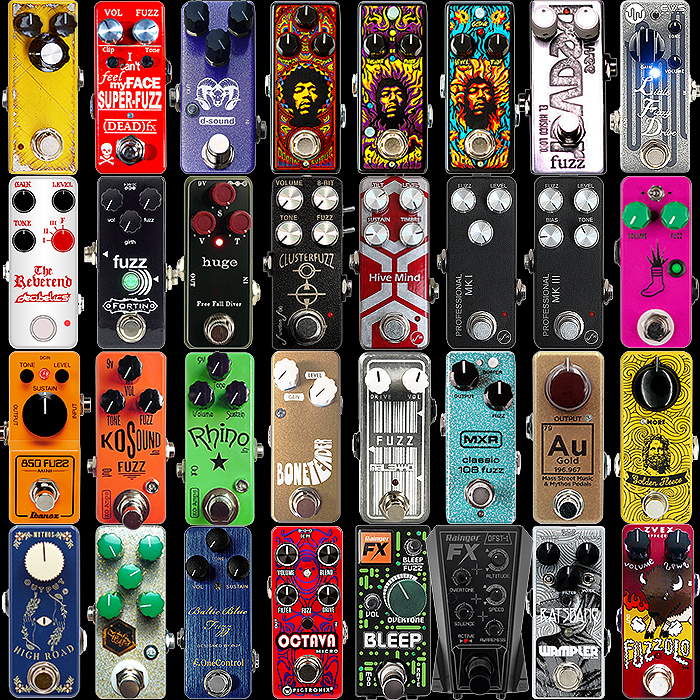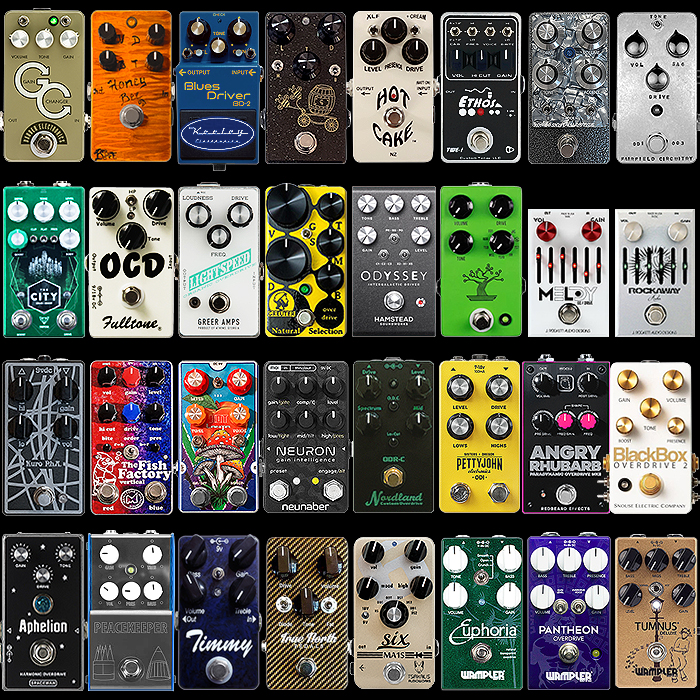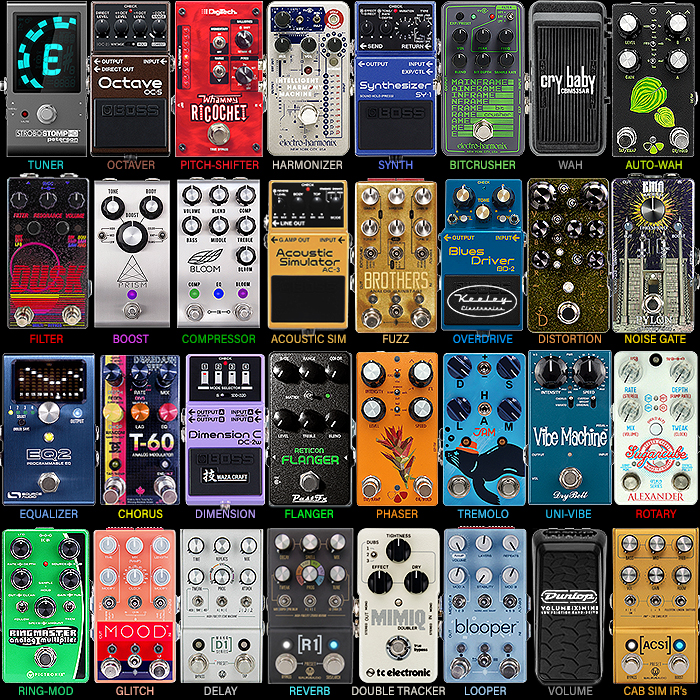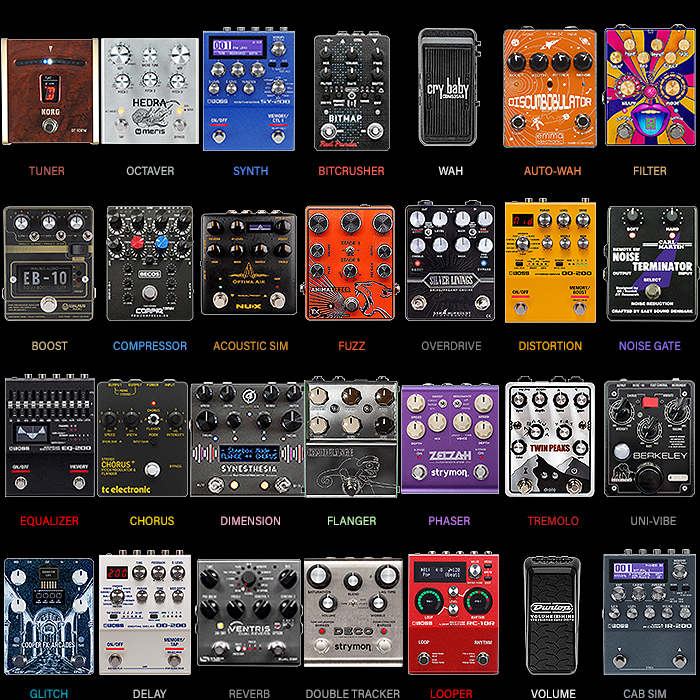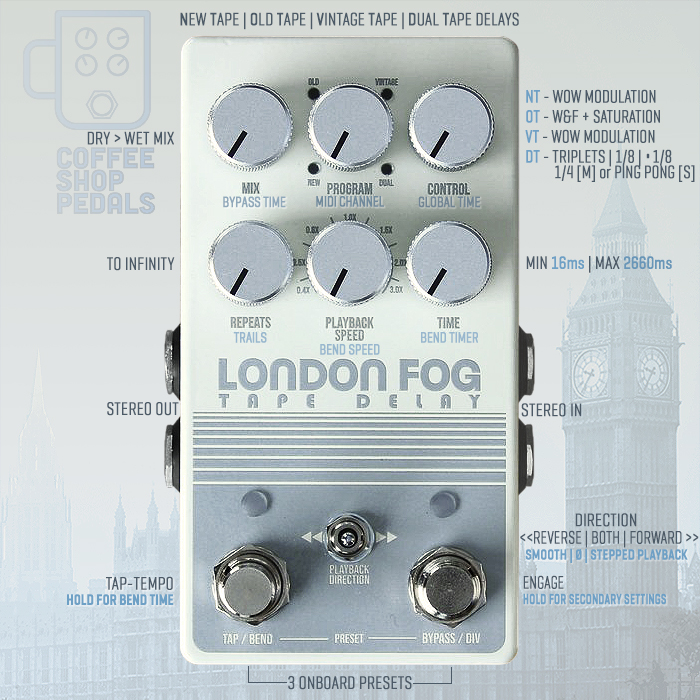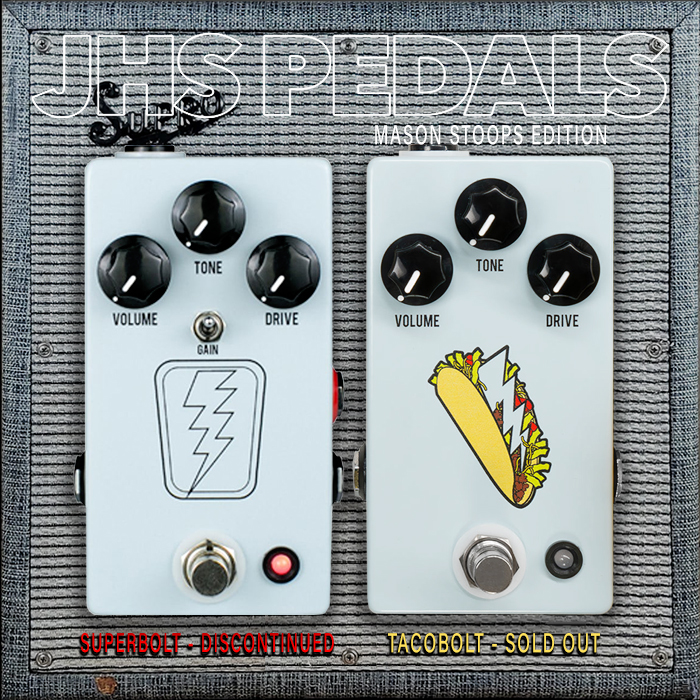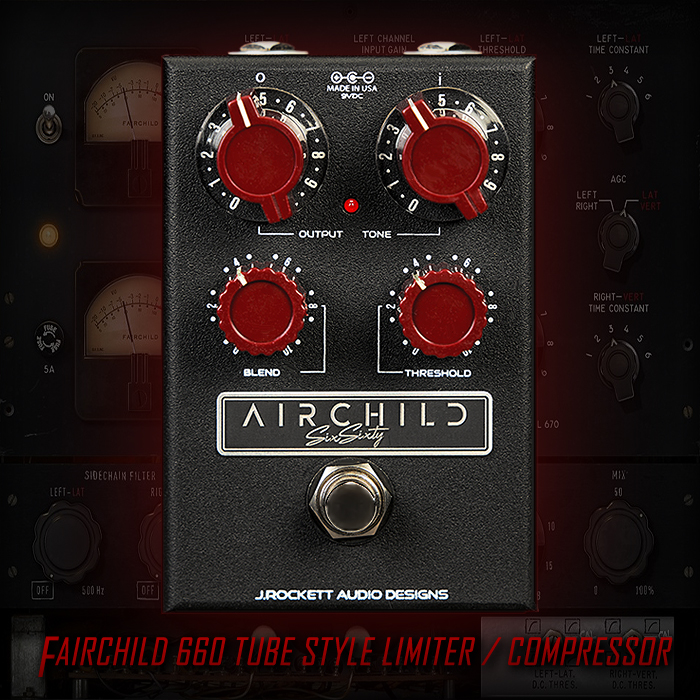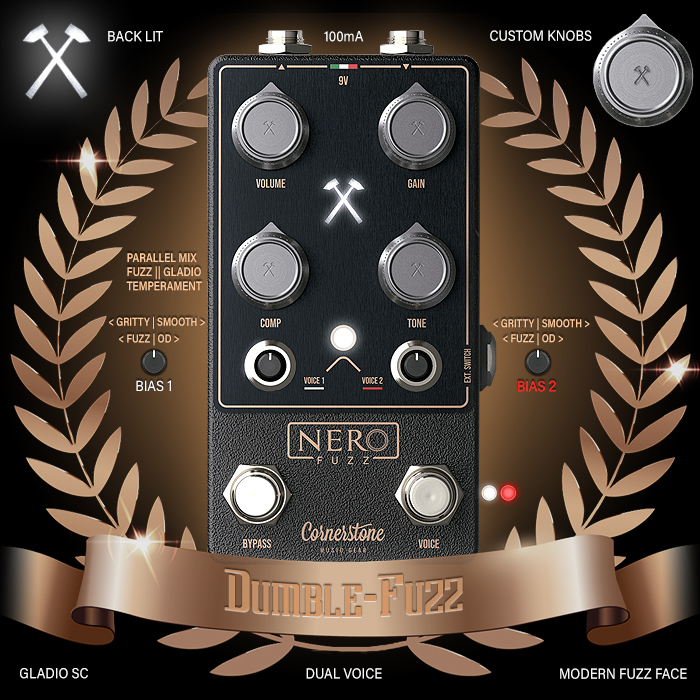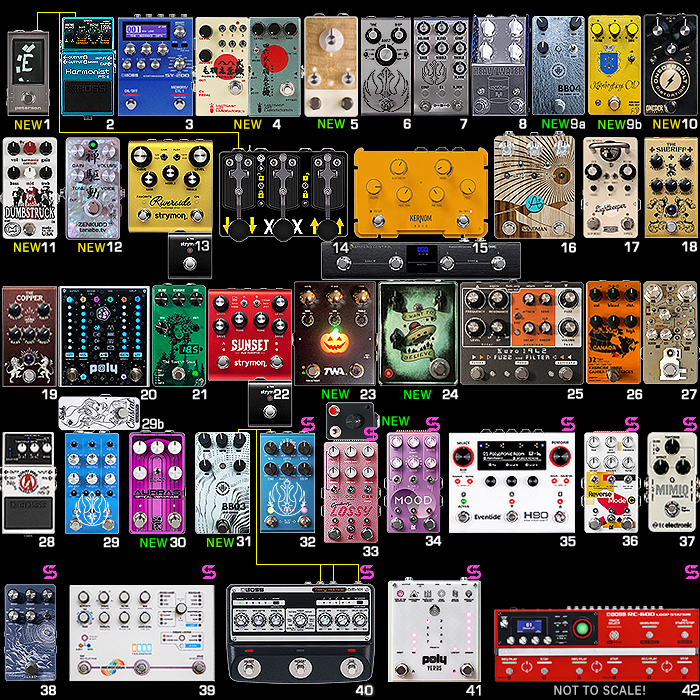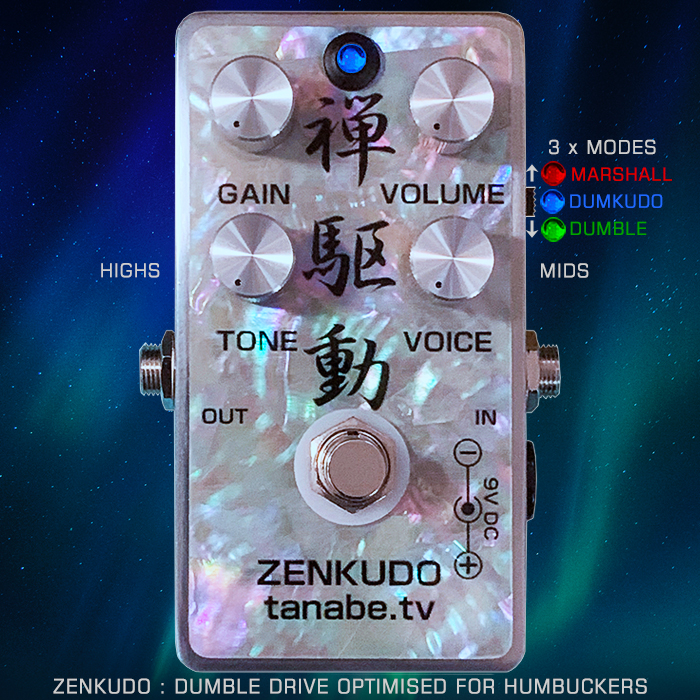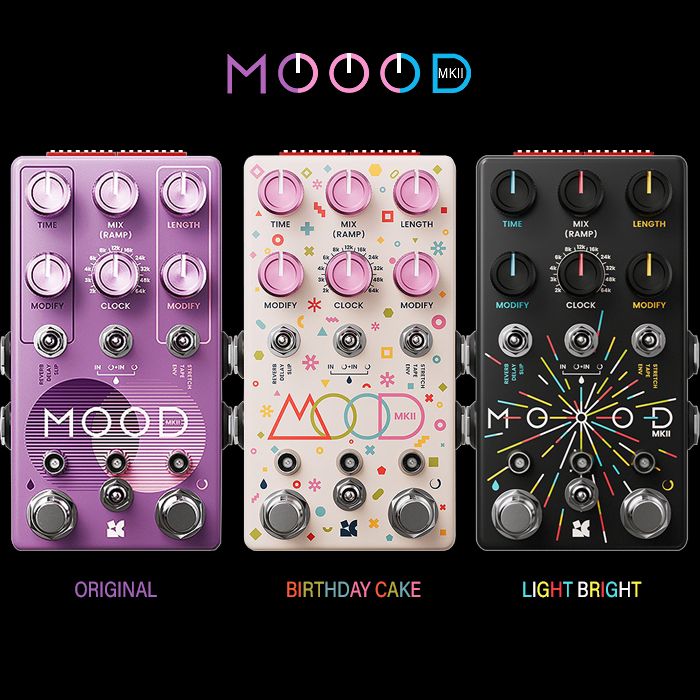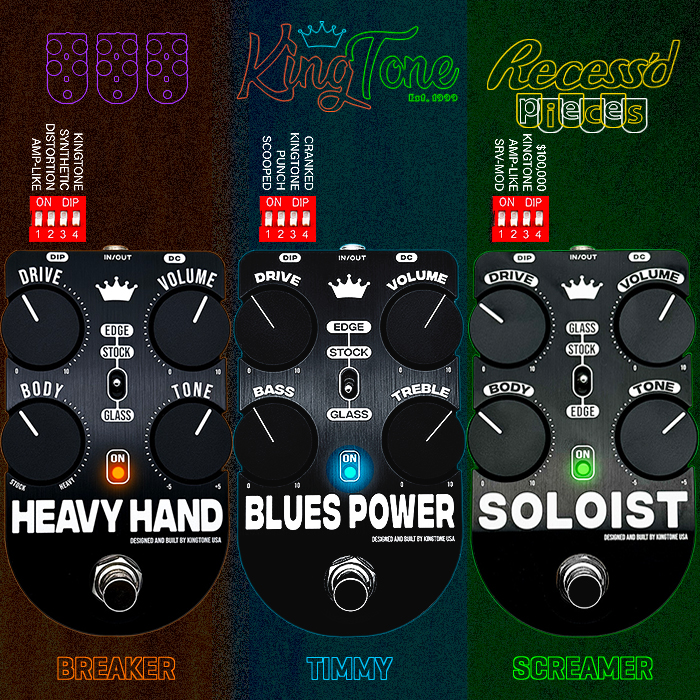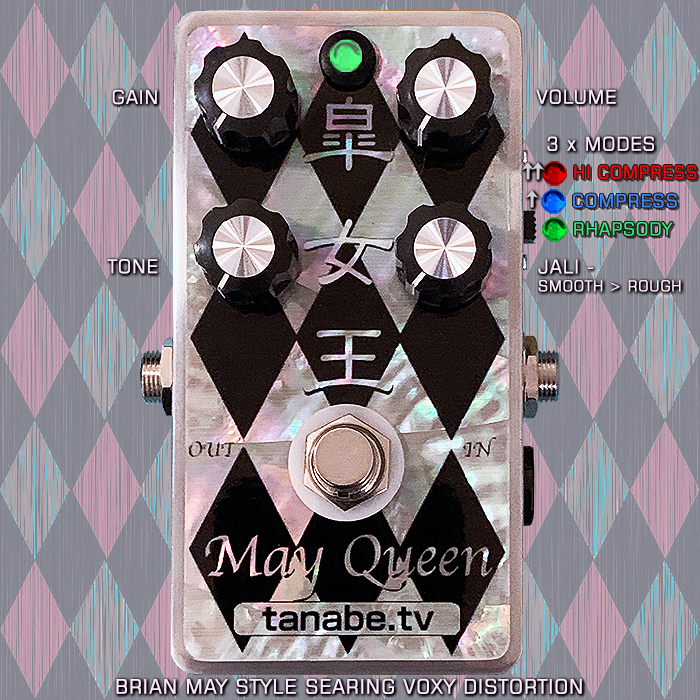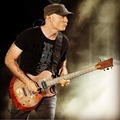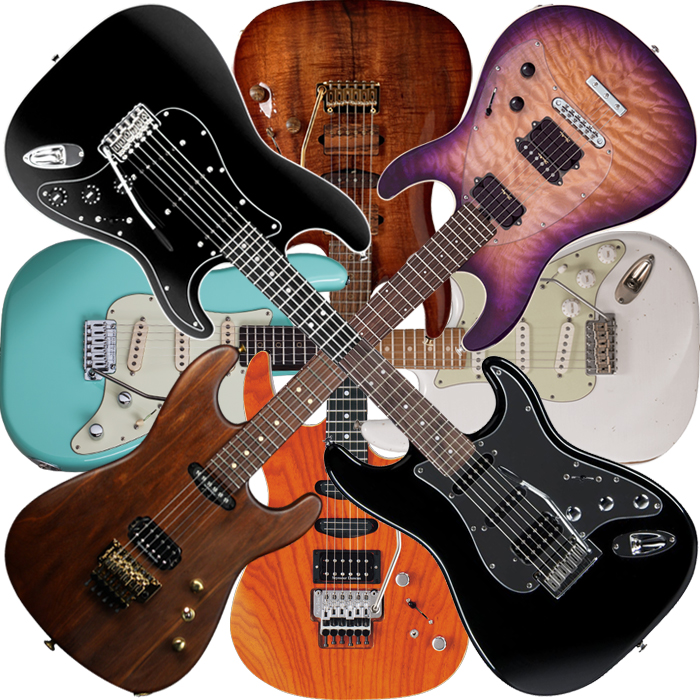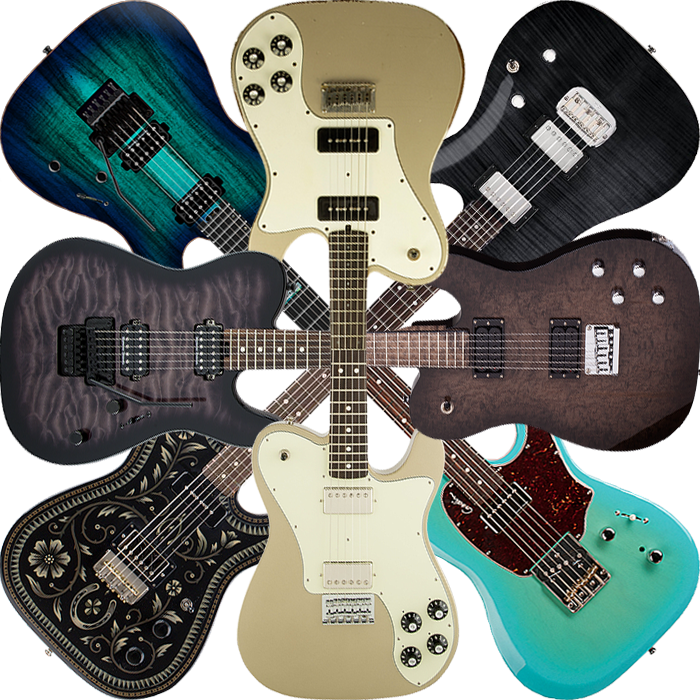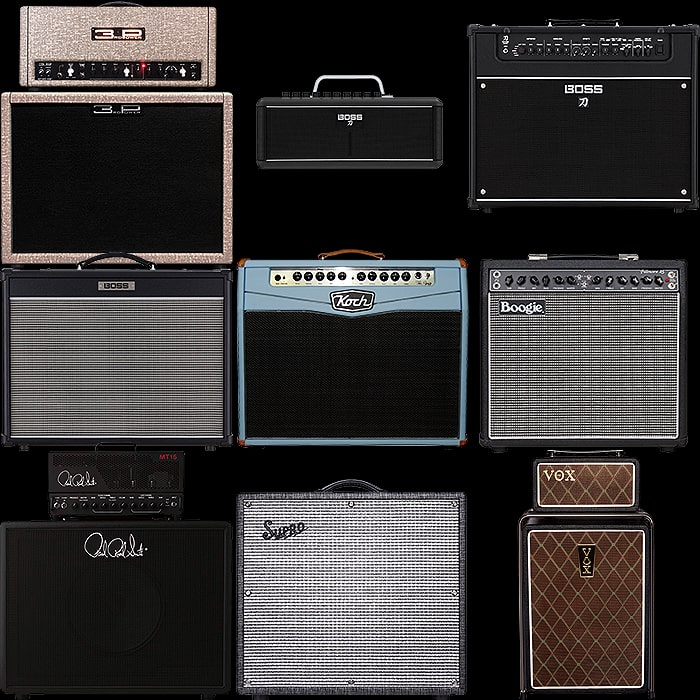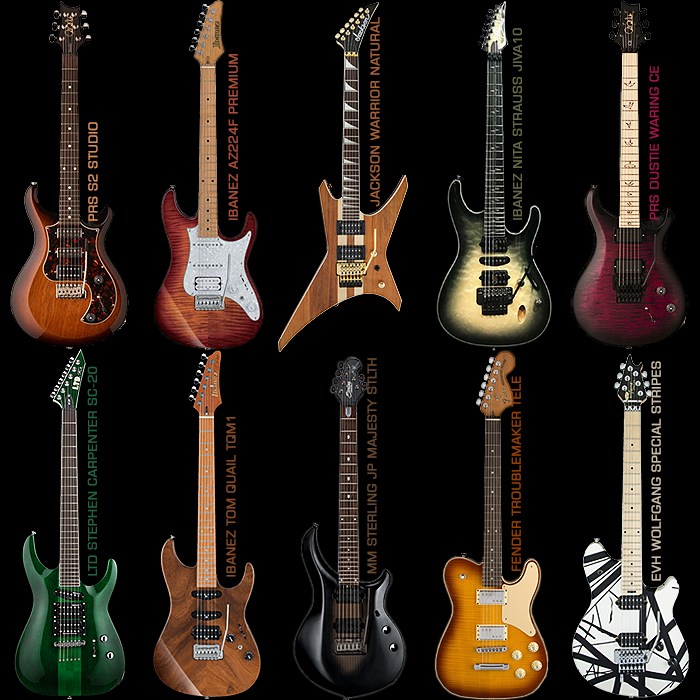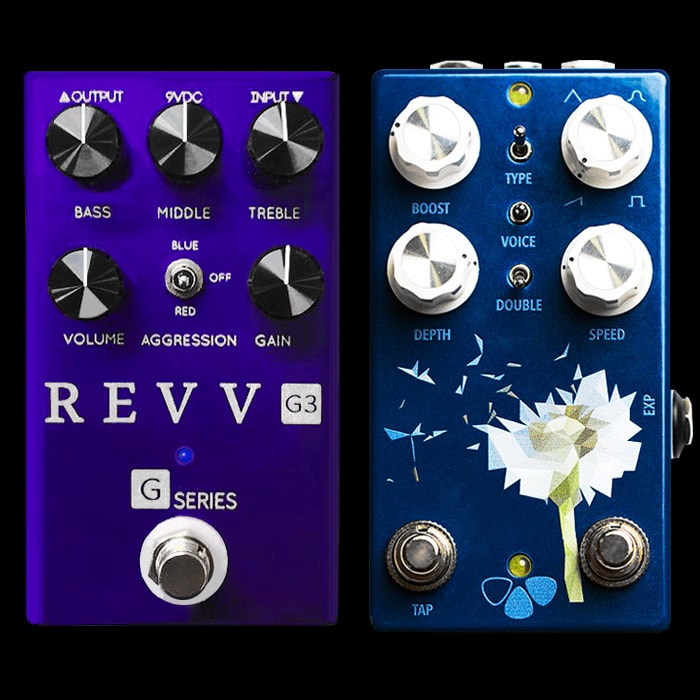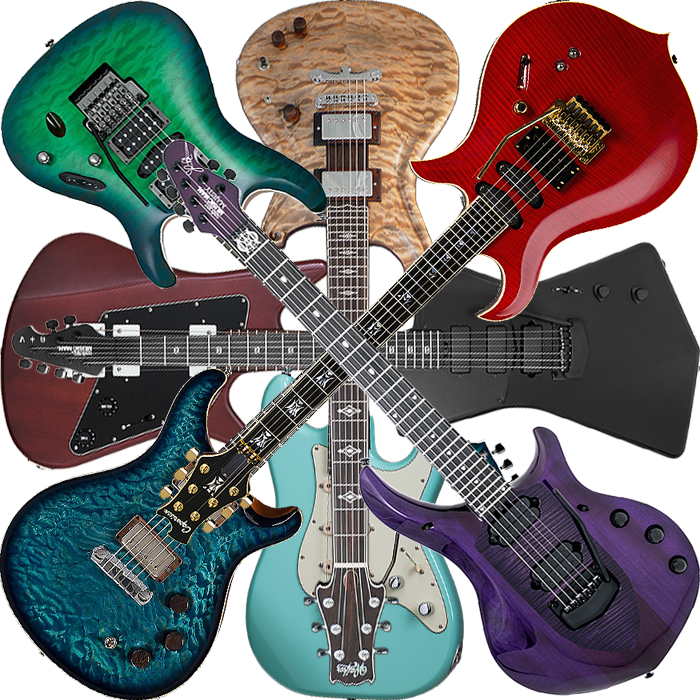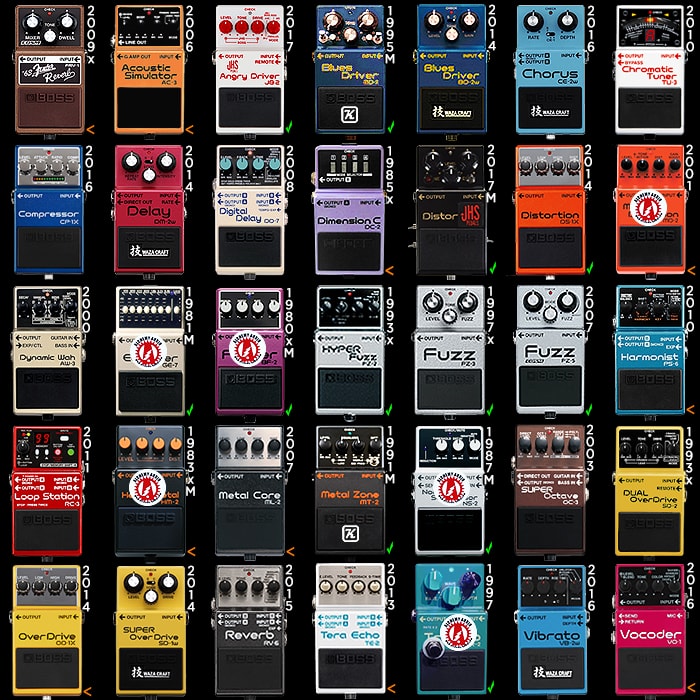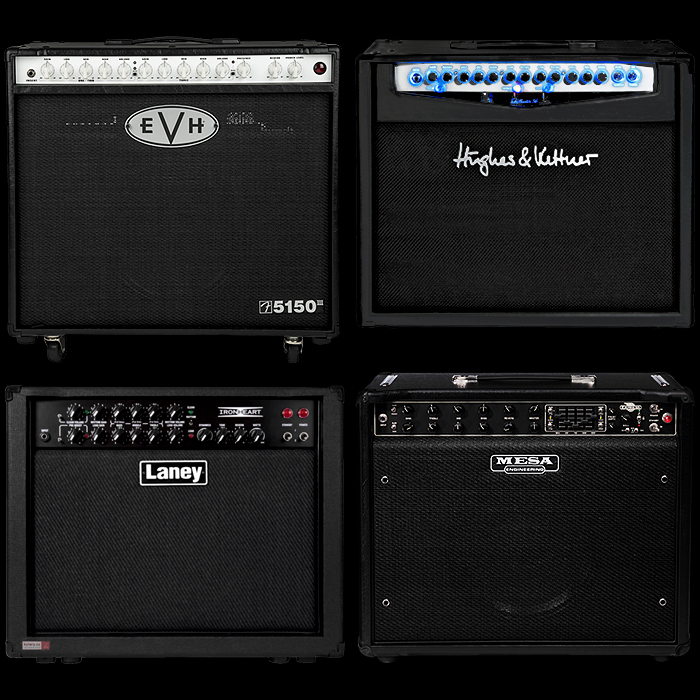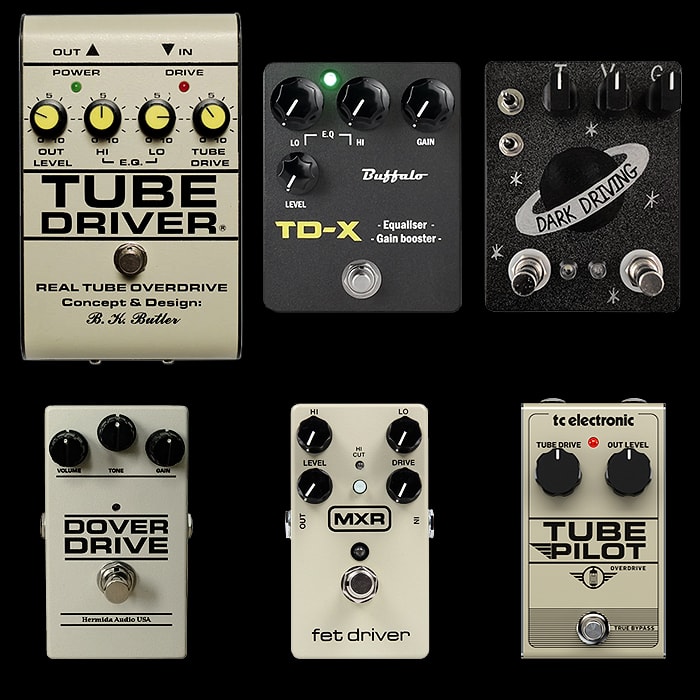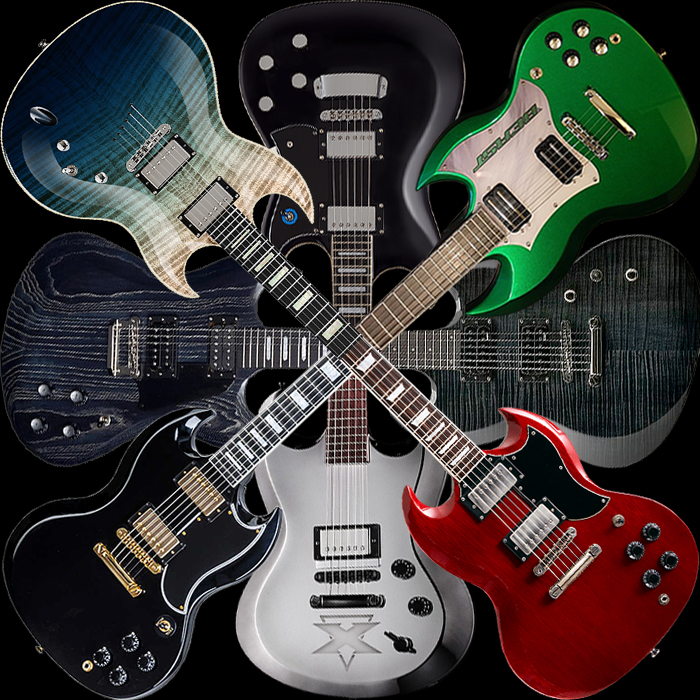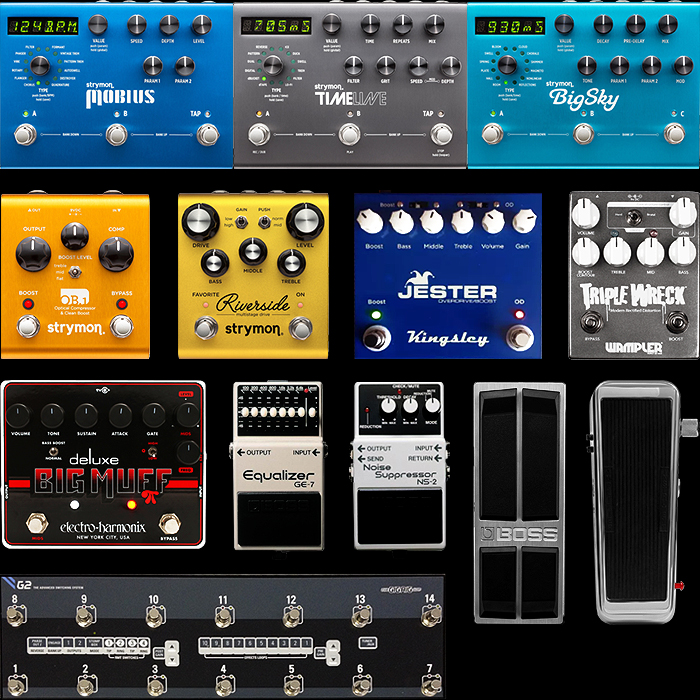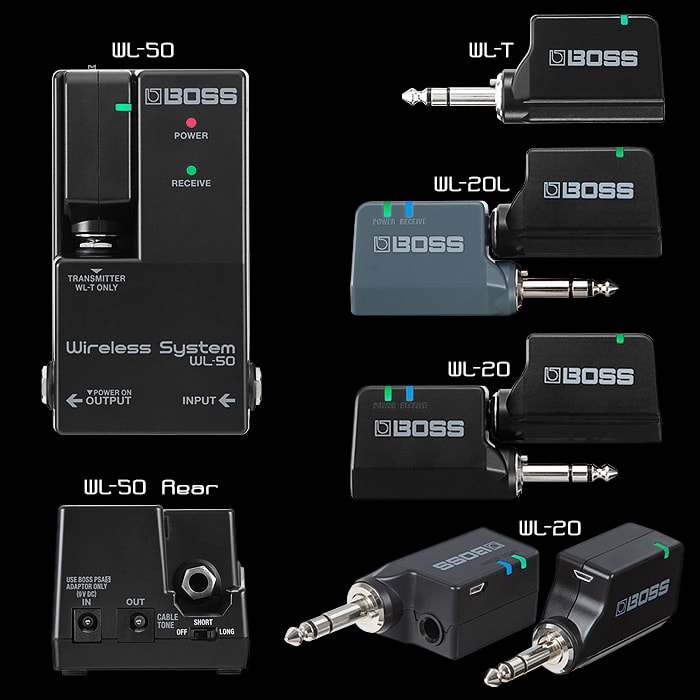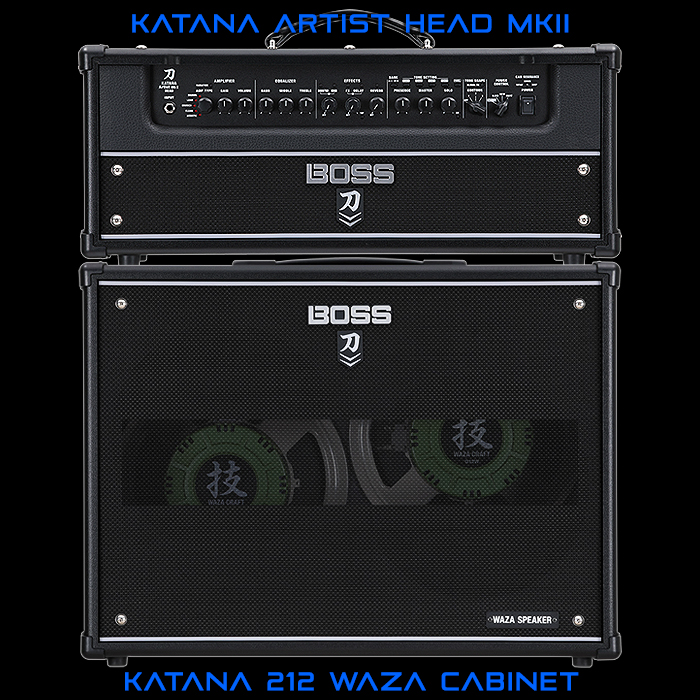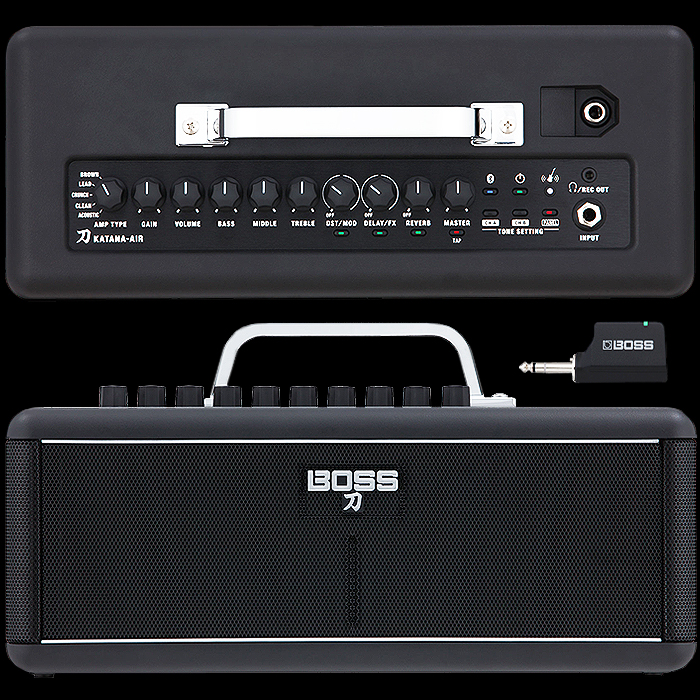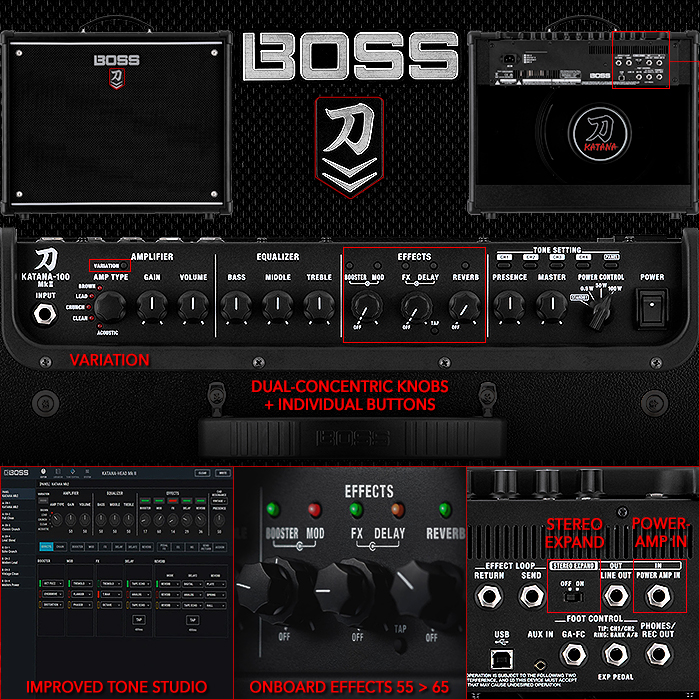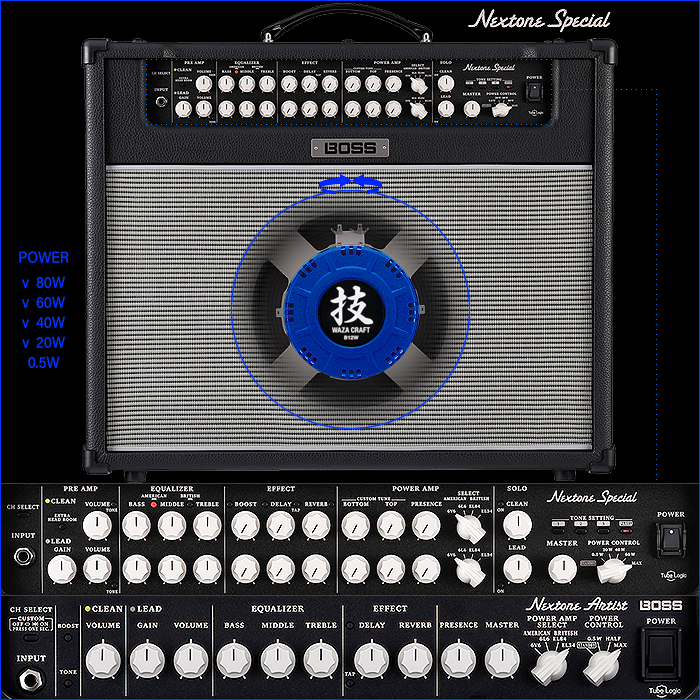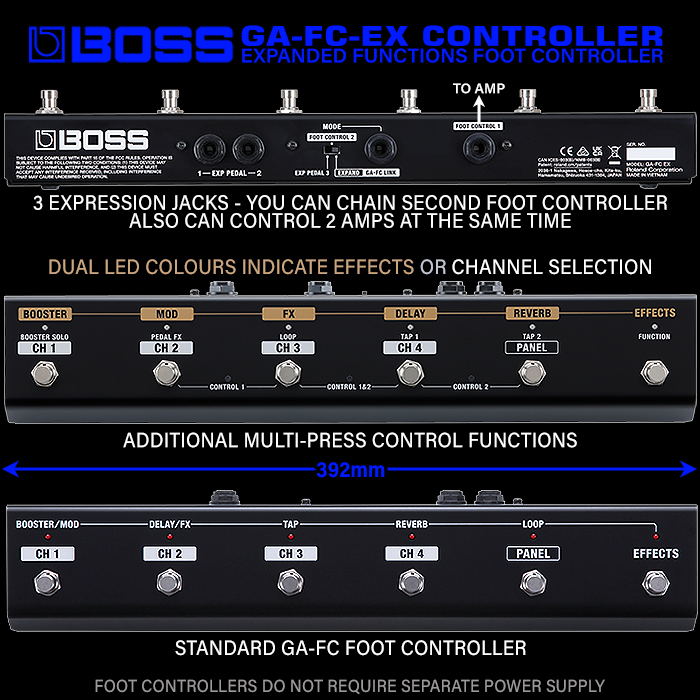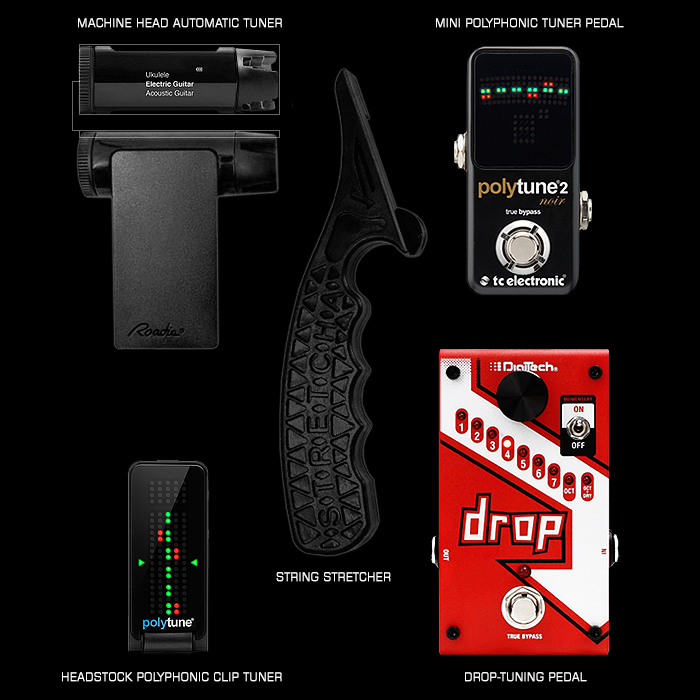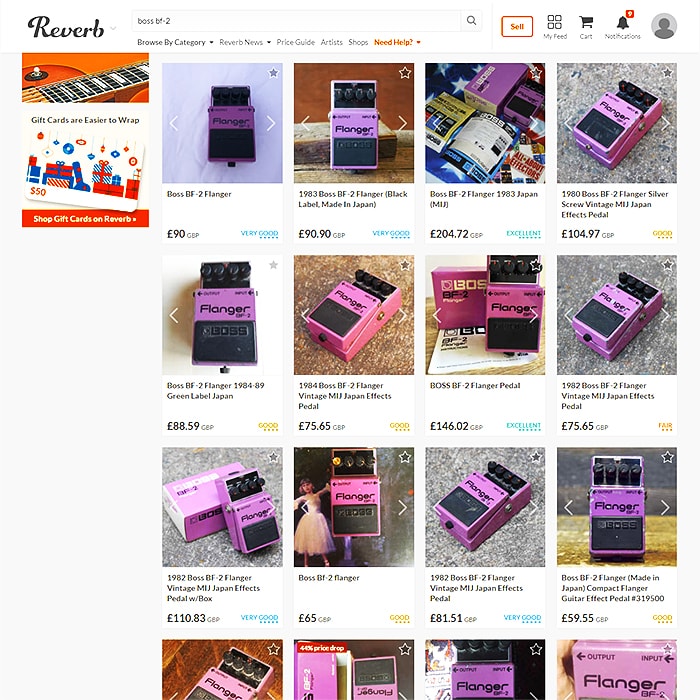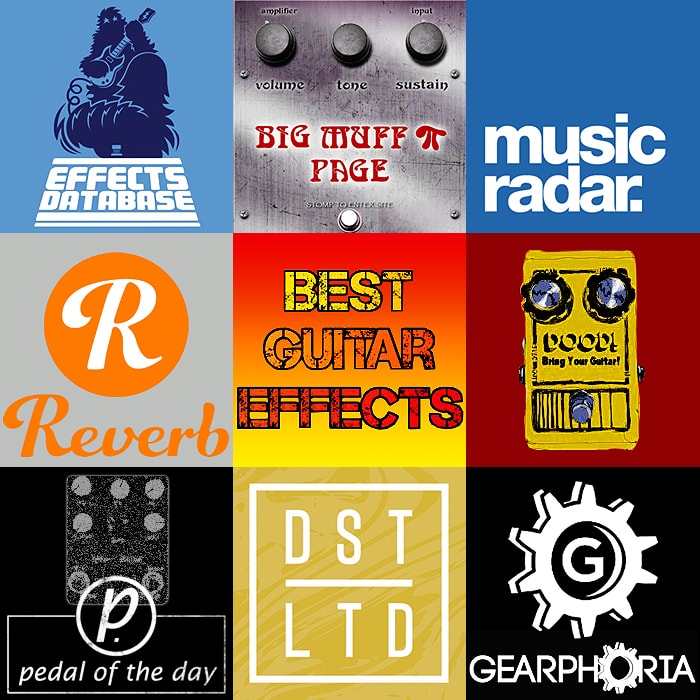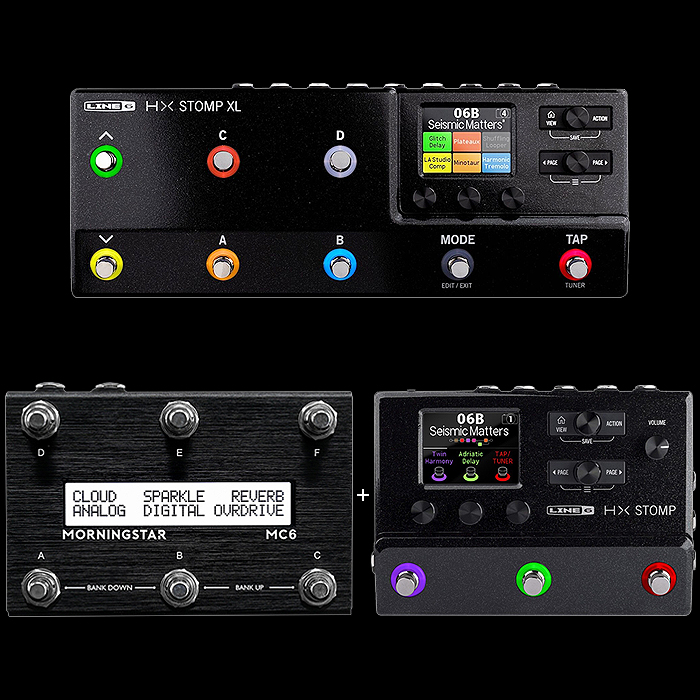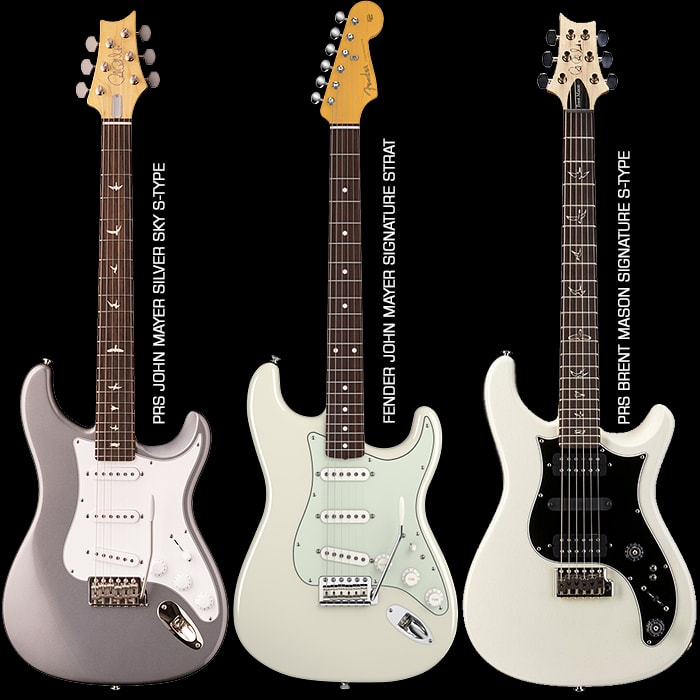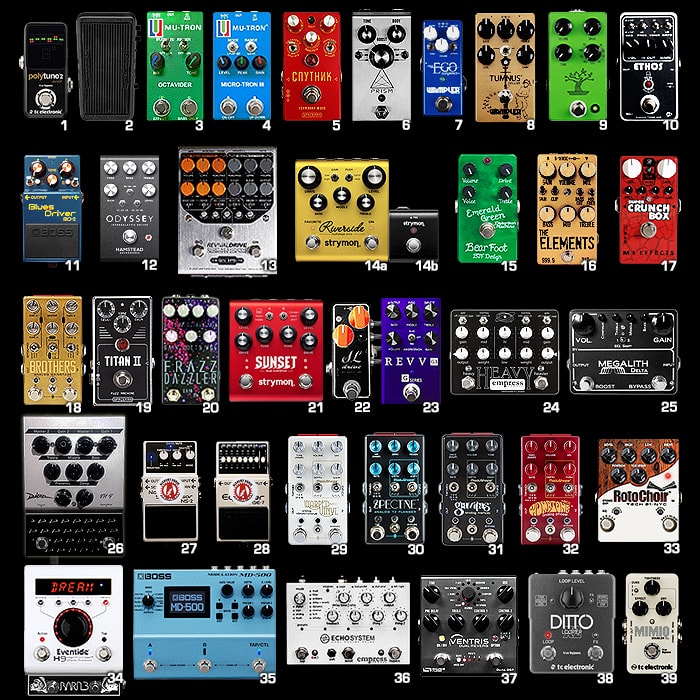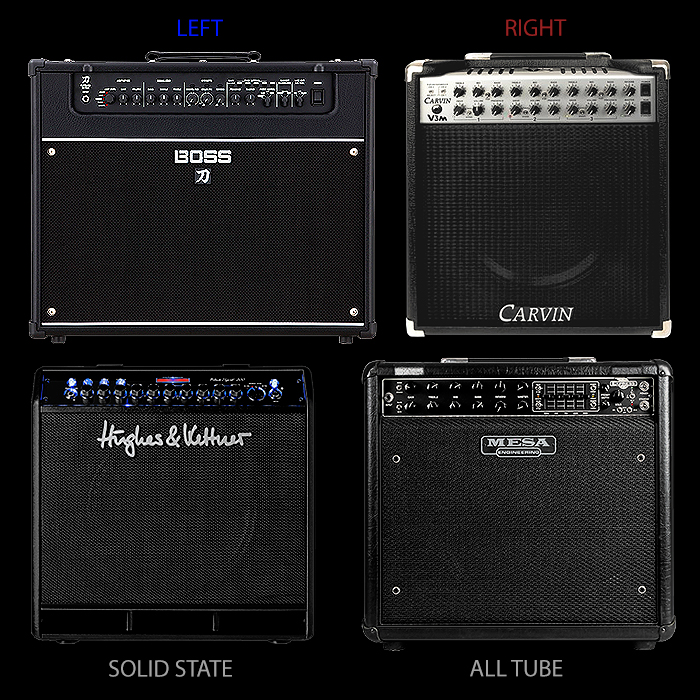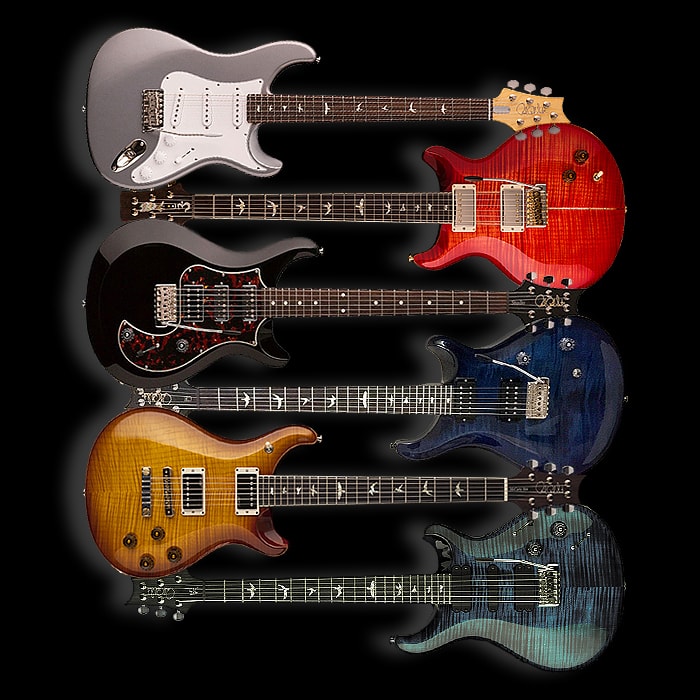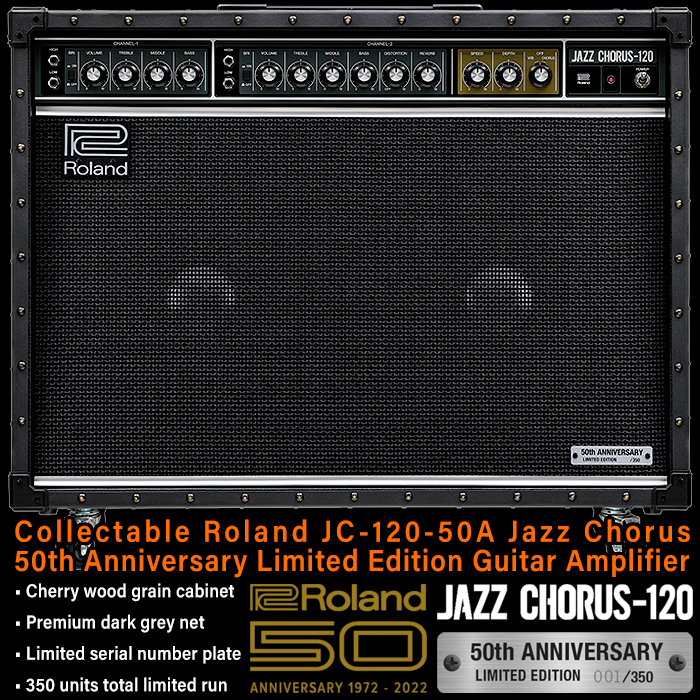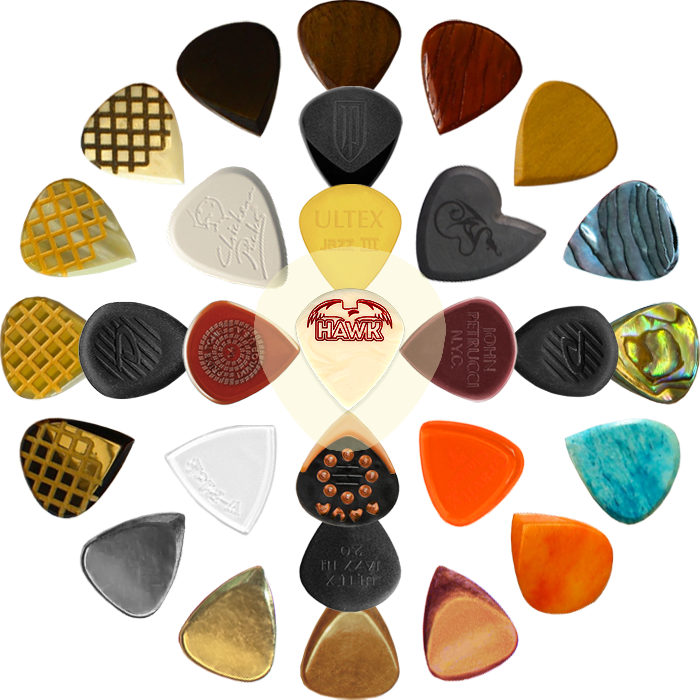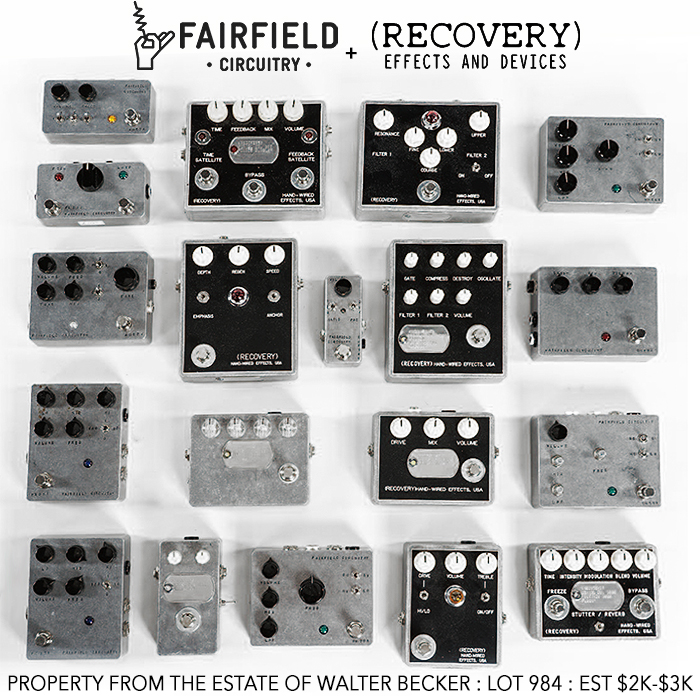Choosing and Buying a Guitar Amp
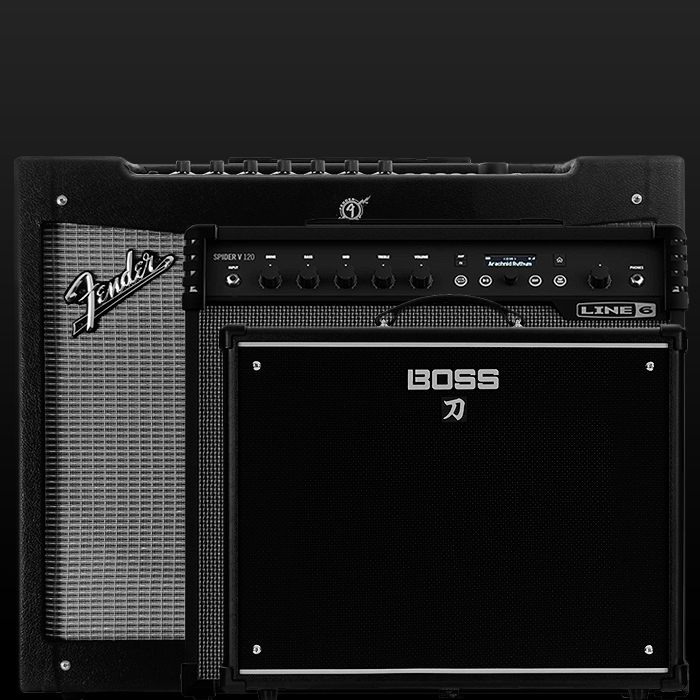
The second most important decision after buying your guitar is which device you are going to use to sculpt and project its sound. Depending on the guitar you’ve chosen, you may already have a set direction - possibly following your favourite artist with a classic rock Les Paul plus Marshall Plexi Stack setup, or Fender Stratocaster plus Fender Hot Rod or similar - check Equipboard for details. There are of course already a myriad of accepted guitar and amp combinations based on traditional genre / complementary gear set ups - covering blues, rock, metal, jazz, country and the like.
Your typical amp choice tends to break down into UK-style vs US-style amp, top of the agenda is the age old battle between Marshall and Fender, but UK has some amazing amps beyond Marshall, these include: Blackstar, Laney, Orange, Victory, and Vox. USA mainstream amps are Fender (inc. EVH), Line 6, Panama and Peavey; but America is better known for its boutique amps, some of which range up to £30,000+! - these include - Bogner, Dumble, Egnater, Friedman, Mesa Boogie, Milkman, Morgan, PRS, Suhr and Tone King.
Japan and Germany round out the offering with Boss / Roland and Yamaha, and Diezel, Duesenberg and Engl respectively. As with guitars, it’s a question of what you can afford, and how you want it to sound. The most significant debate beyond guitar tone / tone woods is the relevant merits of tube / valve amps vs solid state, and in recent times how easily Modelling Amps can achieve a similarly rich and dynamic soundstage.
There are 4 Amps leading the way in high-end Modelling - Positive Grid Bias (£1,200), Line 6 Helix (£1,200 - £1,600), Kemper Profiling (£2,000) and Fractal Axe-FX II (£2,340). The latter two are now able to produce tones equivalent to the best tube amps - watch the Andertons videos on the Kemper
Some will tell you you need to spend £1,000 for a decent amp, some will say at least £500, while I believe you can get a pretty amazing quality amp for around £300. The cheapest usable practice amps start from around £50 - and are all several hundred percent better than the practice amp I had to make do with in my teenage years.
Amp Types
One of the first decisions you will need to make is whether you are going with an analogue tube / valve amp or a solid state digital version. A lot of the traditionalists get very snobby when espousing the benefits of tube amps, which are numerous. As with most analogue audio equipment, you tend to get a slightly warmer, and richer soundstage. Tube amps tend to be a lot louder - often x2 compared with solid state wattage equivalents. Yet they are considerably heavier, more expensive to buy, more expensive and tricky to run / maintain, and somewhat temperamental and fragile. You do though get very organic sound with extremely lively dynamics and harmonics and usually quite serendipitous break up of sound on dirty / high-gain channels.
On the other side, solid state amps are much more affordable, more portable, more reliable and usually more flexible in their tone-shaping. The newest types of amps are ’Modelling’ amps which add a variety of digital effects to enable you to simulate other seminal amp tones, as well as apply significant filters to alter and adapt the output. The 3 types are best summarised as follows:
- Tube / Valve Amps
- Pros: Lovely organic tone, deep and rich with full 3D soundstage, unexpected harmonics and very lively dynamics
- Cons: Expensive, Heavy, Costly to Maintain, Fragile, Typically include very limited sound-sculpting abilities and effects - also need to be warmed up, i.e. no instant play
- Solid State Amps
- Pros: Affordable, Portable, Reliable, Usually come with more tone options and effects including for instance Reverb and Delay; also instant plug-and-play
- Cons: Often accused of being thin and artificial sounding, sometimes clipped or unnatural soundstage, predictable / linear dynamics
- Modelling Amps
- Pros: Infinite Tonal Possibilities, Affordable, Portable, Reliable
- Cons: Can be fiddly, finicky, Option Paralysis, Often lack fidelity and dynamics of Tube Amps. Default Presets are often largely poorly configured
Amp Formats
If you’ve watched any rock music videos from the 70’s onwards you will have seen gigantic speaker stacks on stage - usually Marshall Cabinets, with one or more ’Head’ or ’Pre / Power Amp’ driving each ’stack’. So if you’re a traditionalist, you will buy a Tube Head, with a typical 4 x 10 or 4 x 12 cabinet (4 times 10" or 12" speakers) - and you will spend lots of time faffing around which is the best Celestion speaker type to use - Greenback vs Creamback etc. etc.
If you are more practically minded, you will likely go for a Combo; The key formats are as follows:
- Combo: The easiest and most common configuration, particularly for home use - combines amp stages - pre- and power with speakers all in the same enclosure - normally compact, not necessarily too loud
- Head: This is the main sound-forming element - usually consists of tubes, and a pre-amp stage, occasionally power amp stage too
- Power Amp: Depending on how many decibels you are wanting to deliver, you may have a separate power amp stage to boost the signal
- Cabinet / Stack: Speaker Cabinet which delivers the final wattage or decibels, some Cabs have included power amp stages, others require additional external power
Criteria for Selecting Amp
(Alphabetical)
- Budget: How much are you willing to spend - for my taste the guitar is the most important element, but some put equal or even more emphasis on the amp - a half decent amp can cost as little as £300, and if the sky’s the limit you can buy a Dumble at £30,000
- Channels: Tube and Simpler Amps tend to have a couple of Channels - one for Clean and one for Dirty / Gain Stage, modelling amps simply have patches and presets to allow you to select different tones - some with banks of 100 presets or more which can be selected instantly
- Connections: How many lines in and out, what type - balanced vs unbalanced, midi, fx loops, aux in, headphones etc.
- Durability: Tube amps are notoriously fragile - think of tubes / valves a little like lightbulbs - which in my experience expire usually pretty randomly and often well before expected due date - also very fragile. Solid state less likely to break down, and you don’t need to rely on spare parts to the same degree
- Effects: Tube amps tend to come with the minimum of knobs - some EQ or Contour, Gain, Presence, Resonance, Volume and Master, some have Reverb, but that’s about it, modelling amps at the other extreme have multiple effects and tonal options beyond those standards. Many prefer to apply effects and tonal variations via external pedals / pedalboards
- FX Send / Return: Some of the cheaper amps don’t have an FX Loop - which means you cannot connect external pedals to sculpt the sound further - e.g. the Line 6 Spider V range (then again modelling, with lots of onboard effects)
- Hands-on: I learnt very early on that everything needs to be controllable at the amp level - with appropriate knobs and buttons - having to rely on external devices or apps to select or fine-tune sound is too fiddly for most individuals
- Instant On: Tube amps need some time to warm up, solid state are on immediately and ready to go
- Output: In terms of wattage - for a decent gig amp for pubs and moderate venues you will need approx 50W tube amp or 100w solid state
- Power Management: You will hear people talking about ’Headroom’ when they mention amps and sound - you often only get a particular sound at a certain frequency response which may need certain volume as such - some amps - like the Boss Katanas, allow you to apply different power stages to maintain sound at different power stage / headroom levels
- Reverb: An essential effect for most players, and something that many look to be onboard the amplifier
- Sound: There are many elements to sound - richness, depth, volume, projection, dynamics - you need to test an amp at a music store to see if you like it. Most modelling amps tend to have fairly poor default preset sounds, which are reliant on your guitar input too - so they need to be tweaked for the best results
- Soundstage: Another facet of sound - how organic and 3D the sound comes out, the worst amps will sound transparent, thin, tinny and 2 dimensional - while for the best amps you can feel them respond to your every touch on the guitar
- Speakers: Mostly manufactured in China these days, even the very highly regarded Celestions - some are adamant that vintage Celestions, ’Greenbacks’, ’Creambacks’ etc. are superior and will source and swap out speakers to get an improved soundstage. There is a huge aftermarket for amp speaker alternatives / replacements
- Type: We’ve already discussed this above - Tube / Solid State / Modelling
- Weight / Portability: Tube amps tend to be heavy and cumbersome - particularly in a domestic environment - depending on the context of your ’guitar corner’ you may be restricted by how much space your equipment can occupy
Effects, Pedals and Signal Chains
Depending on how much versatility you want out of your amp, you have several options as to how to get to your desired tone. The purists will tend to go with a tube amp alongside a plethora of external pedals connected via pedal board. Typical pedals inlcude overdrive / distortion, delay, chorus, compression, flanger, phaser and wah - with reverb also a must have if it’s not baked into your amp.
For those doing a lot of gigging or with limited space at home - having numerous pedals can soon become a burden, which is why more and more players are availing themselves of a multi-effects pedal or modelling devices and amps. You get more hands-on control with physical pedals and for some they are easier to tweak. Yet with something like a Line 6 Helix, you can select any number of effects and stick them anywhere in the signal chain that you like.
The signal chain is the order the sound travels through the effects pedals and amp stages, which has significant effect on the final output - just like sticking toppings on a soft ice cream - sounds and effects layer up differently in different sequence combination. It’s only the more expensive modelling devices where you can control the entire and exact sequence of effects and recreate the analogue environment totally with organic randomization added in too for good measure.
The best modelling amps and effects processors can dial in organic and properly randomized sounds - they can profile pretty much any of the high end tube amps and project a facsimile so close that it is indistinguishable from the original to human ears. Of course the ’profiling’ work consists of lots of virtual knob twiddling, so it really depends on how much time you want to spend tweaking to get to your perfect sound.
Why I bought the Fender Mustang IV
Again I must confess that I acted against my own advice, and bought amps without testing in advance. As I said previously, modelling amps involve a certain degree of tweaking, and you cannot always get a properly salient trial in-store. I occasionally buy items of clothing to try on at home, and then return if unsuitable for whatever reason - same logic applied here inadvertently.
I have been following a number of music vlogs, and had seen a few videos of the Line 6 Amplifi - specifically the 150 version. My interest in Line 6 had been piqued by their amazing new Helix device and I though this would give me affordable access to that type of functionality. One of the cool things about the Amplifi is that it syncs with your smartphone playlist and finds relevant guitar tones / patches in its own tone cloud - so you can play along to your favourite songs - utilising the appropriate guitar tone.
Only for me I never got it to work. There are a only a handful of knobs on the actual device - Drive (Gain), Bass, Mid, Treble, FX, Reverb and Master / Aux Mix, along with just 4 tone presets! I managed to connect to the tone cloud, but was unable to preview any of the sounds or to download them to the device to replace the default 4 presets. I spent several hours trying to download firmware updates - first via PC, and then via iPhone - both crashed out serially and I got nowhere except increasingly frustrated over the best part of an 8 hour period.
I returned the device back to Andertons and swapped it for the very slightly cheaper Fender Mustang IV. I decided on the Mustang IV as it was a direct replacement of the 150 Watts of the Amplifi (vs Mustang III), it also has a 2 x 12" speaker enclosure which in theory meant better dynamics and better soundstage. It was actually surprisingly large when it arrived, but still sufficiently portable. The immediate advantage it had over the Amplifi is that it has 100 onboard presets all fully configurable and selectable / tweakable out of the box and on the amplifier - without the need for any external or third party device. That said, it came with a 4 button footswitch too - which is excellent for switching between patches and individually switching on and off effects per patch.
After Amplifi I am determined that all my amps be full stand-alone capable, so that they can do the full range of functions right on the amp and just using the amp controls and buttons. The Mustang IV is LOUD, and to my ears has an excellent soundstage - providing you get your tweaking right. I learn by copying my favourite riffs and solo segments, and although it took a while, I am getting quite adept at dialling in fantastic sounds. The long-term goal is to get something like a Helix or a Kemper some way down the road - when I am fully worthy.
In the meantime I am still getting to grips with the full tonal range of my Fender Mustang IV - I bought the additional expression / volume pedal (EXP-1) which I don’t use overly much, as well as the 2 button MS2 footswitch which I use a lot - in combination with the included 4 button footswitch.
I originally used a 20 ft Planet Waves American Stage Kill Switch Instrument Cable, but now use a Line 6 G10 Wireless Relay which I highly recommend. When I bought the amp it was the best option available for me at the time, and even though there are two excellent new amps coming out in the middle of this month, I still believe the Fender Mustang is the best choice. That said, I will most likely acquire a Boss Katana 100, and am still considering the Line 6 Spider V 120 (all 3 are pictured at the top of this article). All have their relative merits too - the Spider gives me an improved Amplifi experience with complete baked-in presets and proper amp controllers which the former device failed on. The Katana gives you incredible sound in a tiny package, with one of the most intuitive interfaces ever for this sort of thing. Both the Mustang and Katana have FX Send/Return ports which means you can use external pedals too, this is not possible with the Spider.
Relative head-to-heads are as follows, the amps are in proper size ratio (Mustang IV is 546 x 673 x 273 mm):
Fender Mustang IV - £340 - 150W, 100 onboard presets (can download alternatives)
- 4 button 8099600 footswitch is included (retails at approx £74)
- 2 button MS2 footswitch - £40
- EXP-1 Expression / Volume Pedal - £40
- Total - £420
Boss Katana 100 - £250 - 100W, 5 Amplifier Type Switch, 15 onboard presets (FX) (can download 55 additional alternatives, in batches of 15)
- GA-FC 6 button footswitch - £80
- FV 500H Expression / Volume Pedal - £80
- Total - £410
Line 6 Spider V 120 - £366 - 120W, 128 onboard presets (can download alternatives), built-in G10 compatible wireless receiver
- FBV3 13 button footswitch with built-in Expression / Volume Pedal - £206
- Total - £572

